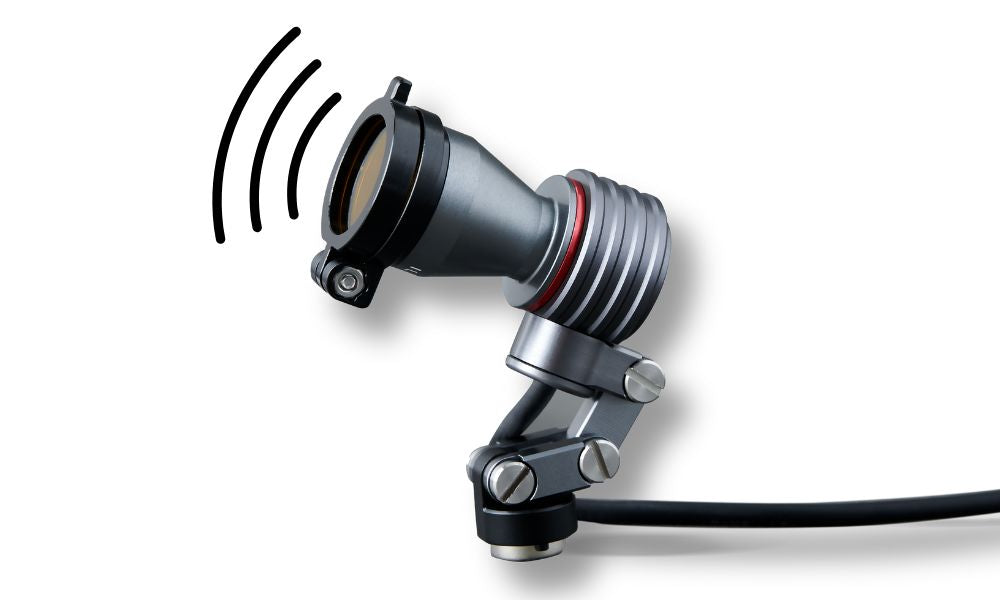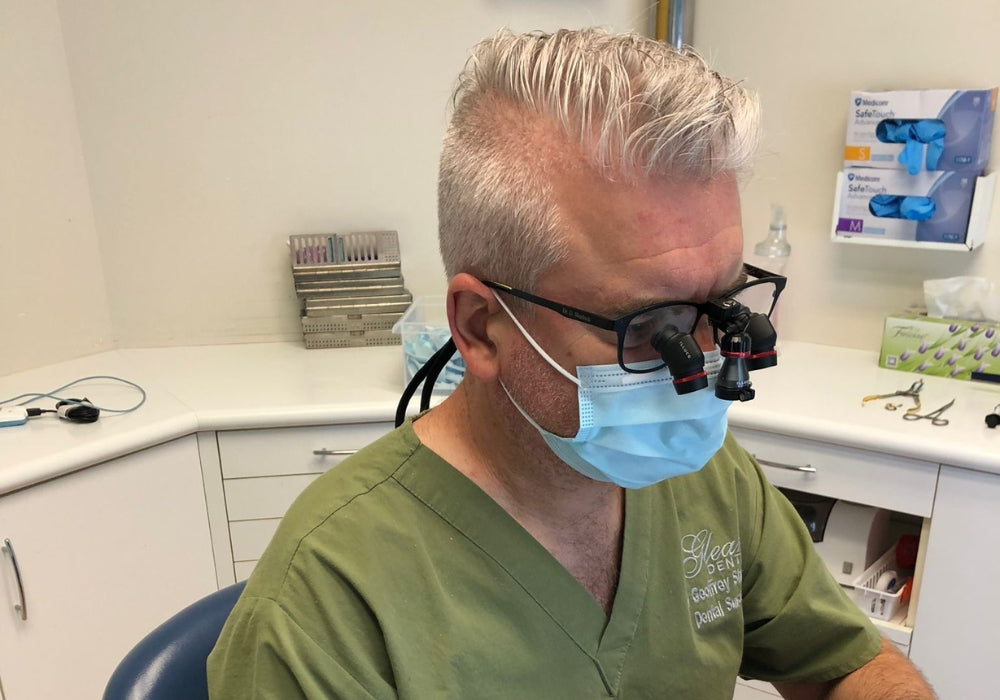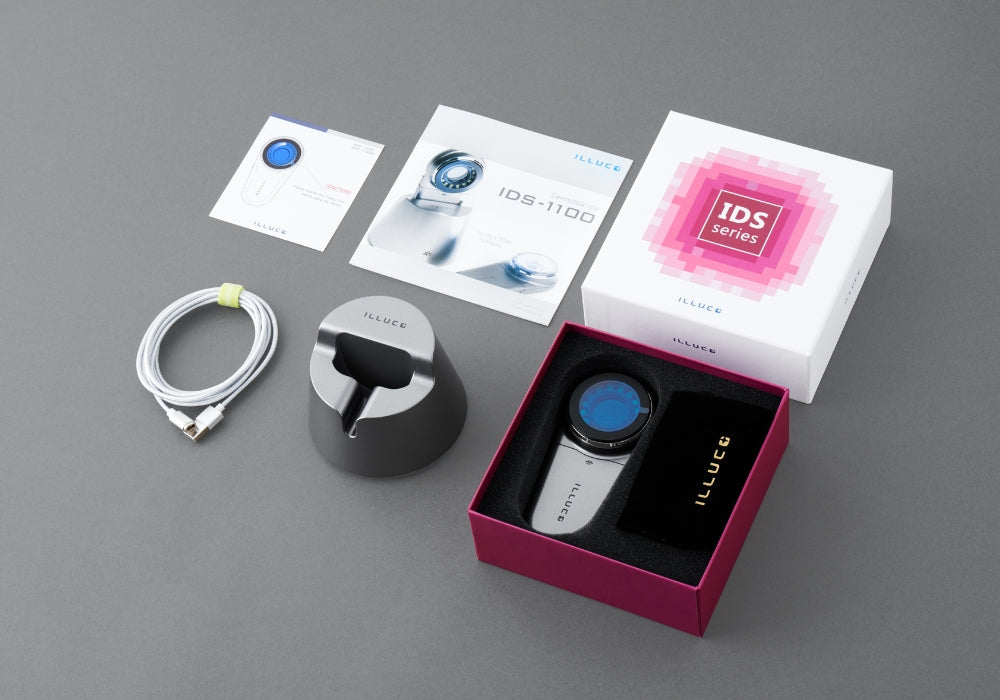If you’ve recently purchased dental loupes, congrats! You’ve taken a step toward better posture, precision, and overall clinical comfort. But let’s be real: that first day wearing them can feel... weird. Many dental professionals experience eye strain, headaches, or disorientation when adjusting to their new loupes.
So, how do you train your eyes (and brain) to adapt? We’ve got you covered.
Why Adjustment Takes Time
Dental loupes create a magnified, focused field of view, which forces your eyes and brain to work a little differently. You're now relying more on your depth perception, eye coordination, and posture alignment. It’s normal for your eyes to feel fatigued or for your vision to feel “off” initially.
Tips to Train Your Eyes for Dental Loupes
1. Start with Short Intervals
Don’t wear them for an 8-hour shift on Day 1. Instead:
-
Start with 15–30 minute intervals
-
Remove them if you feel strain
-
Gradually increase usage over 1–2 weeks
2. Practice at Home First
Try using your loupes at home while:
-
Reading text (like dental charts or books)
-
Doing close-up tasks (like threading a needle or organizing instruments)
This helps your eyes get used to focusing through the magnification without clinical pressure.
3. Ensure Proper Fit and Working Distance
A poorly fitted loupe will adjust much harder. Double-check that:
-
Your working distance matches your posture
-
Your pupillary distance (PD) is correctly set
-
You have proper head tilt and neck alignment
If it’s off, your eyes will struggle to converge on the same focal point.
4. Use Your Loupe Light (If You Have One)
A focused loupe headlight helps your eyes find clarity more quickly and reduces the need for over-focusing, especially in low-light settings.
5. Relax Your Eye Muscles
Blink often, take breaks, and use the 20-20-20 rule:
-
Every 20 minutes, look at something 20 feet away for 20 seconds.
You can also try eye exercises to relieve fatigue, like gently rolling your eyes in circles or focusing on far vs. near objects.
6. Avoid Switching Between Loupe Types Too Often
Going back and forth between flip-up, TTL, or even different magnifications can confuse your visual system. Stick with one type as you train.
7. Give It Time
Most people adjust to loupes within 5–14 days.
Common Mistakes That Make It Harder to Adjust
-
Wearing someone else’s loupes
-
Choosing a magnification that’s too high (start with 2.5x–3.0x)
-
Ignoring posture (hunching or leaning forward)
-
Improper PD or declination angle
Bonus: Training Your Brain, Too
Your eyes and brain need to work together to process magnified visuals. Staying mentally focused, reducing stress, and practicing mindfulness can improve adaptation time.
Final Thoughts
Dental loupes are tools that protect your posture, improve your precision, and elevate patient care. But like any new tool, they require a learning curve. With patience, practice, and the right fit, your eyes will adjust, and you’ll never want to work without them again.
Need help picking your first pair of loupes? Talk to an ILLUCO specialist for a personalized fit.





Leave a comment
All comments are moderated before being published.
This site is protected by hCaptcha and the hCaptcha Privacy Policy and Terms of Service apply.